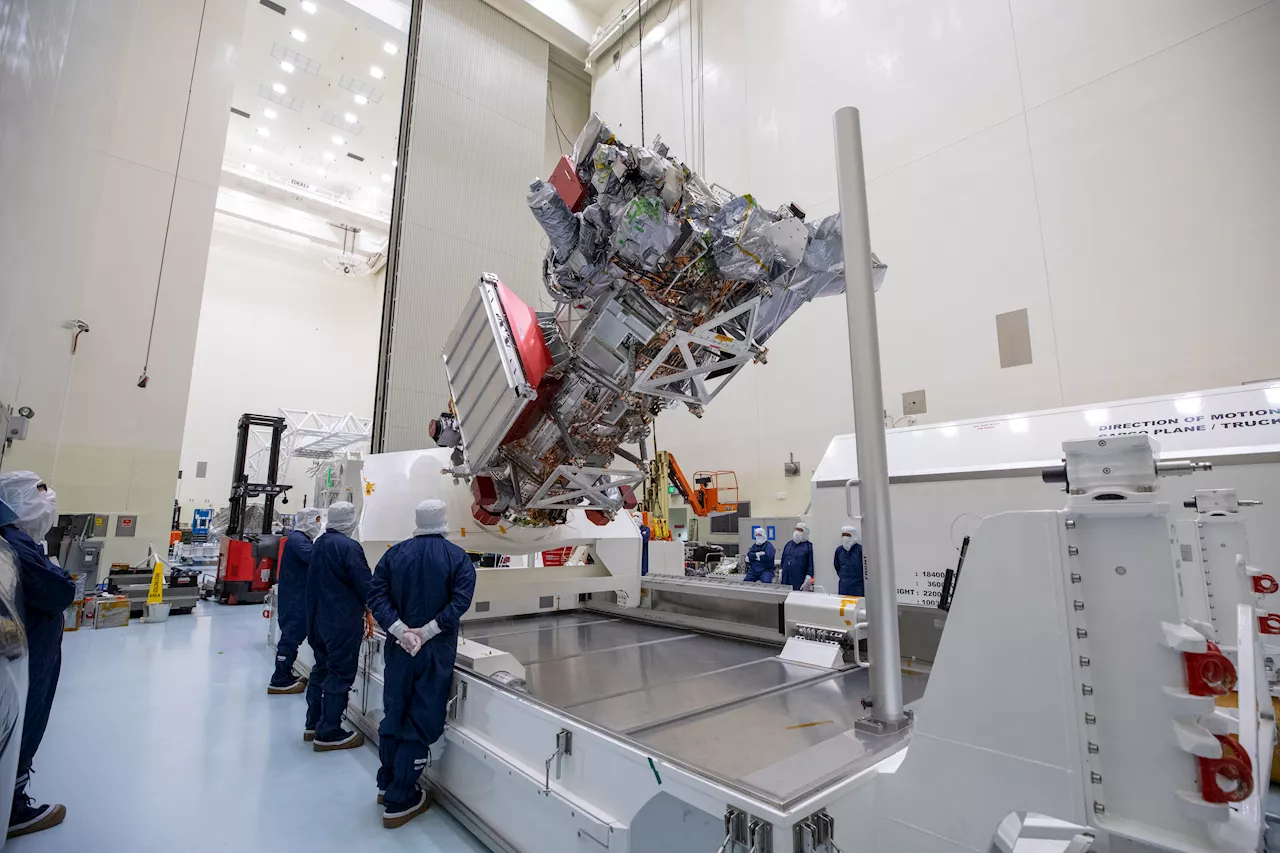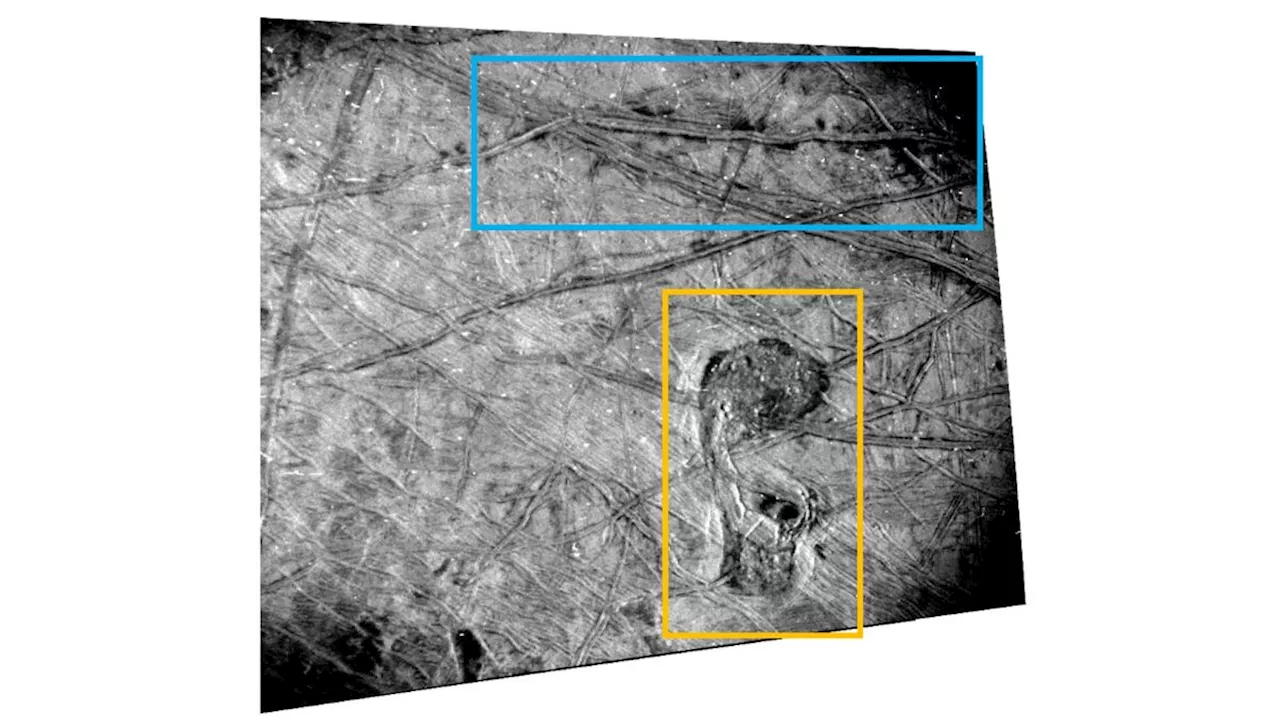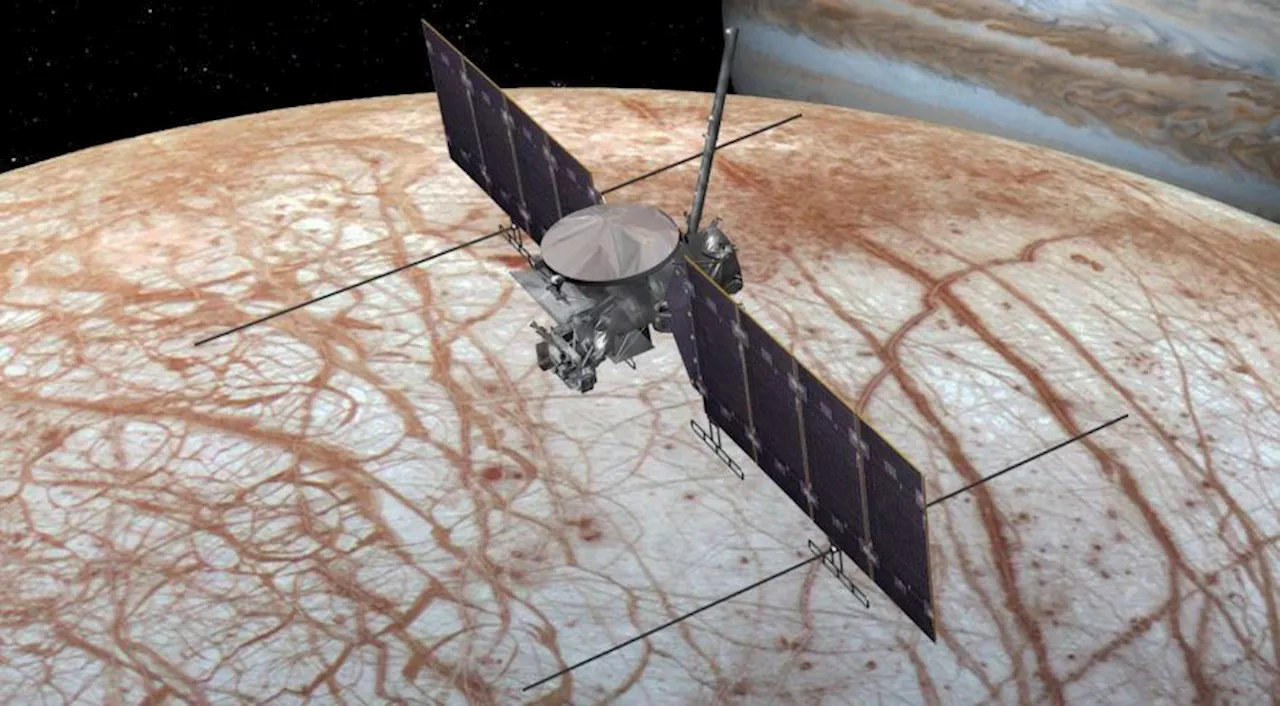Conor Feehly is a New Zealand-based science writer. He has earned a master's in science communication from the University of Otago, Dunedin. His writing has appeared in Cosmos Magazine, Discover Magazine and ScienceAlert.
In October this year, NASA and the European Space Agency will launch one of the most sophisticated spacecraft ever assembled. Its destination? Europa, Jupiter's fourth largest moon. , which aims to reach Europa by 2030, is stacked with a number of instruments that can help scientists understand the moon's complex geology and composition — ultimately,. In other words, they want to learn whether this moon has favorable conditions for life to exist .
Scientists have designed the Europa Clipper mission to conduct multiple flybys of Europa in order to sample different aspects of the moon's magnetic response. On one hand, researchers will try to figure out the response's strength, and on the other, they'll attempt to measure the timing of the response relative to Jupiter's magnetic field."Through this, we hope to work out the salinity of the ocean," said Vance.
The interaction of water and rock deep within Europa may also release hydrogen and other chemicals into the ocean. And, because Europa is constantly flexing due to massive tidal forces as it orbits Jupiter, the interior of the moon is likely warm. That means hydrothermal vents may be supplying the ocean floor with chemical nutrients, similar to the way vent systems found on Earth's ocean floor work.
The Europa Clipper possesses a range of instruments which will gather materials ejected from icy geysers on the moon, and those materials could provide astrobiologists with credible evidence that living processes are indeed occurring beneath the surface. "There's been lots of work done to understand what kind of chemical biosignatures exist and how to detect them … we kind of think of life as a binary thing, but detecting life is not necessarily binary, or easy, at all," Elizabeth"Zibi" Turtle from Johns Hopkins Applied Physics Laboratory said at the conference. Turtle leads the
United States Latest News, United States Headlines
Similar News:You can also read news stories similar to this one that we have collected from other news sources.
 NASA’s Europa Clipper Unpacks in FloridaCrews rotated to vertical then lifted NASA’s Europa Clipper spacecraft from its protective shipping container after it arrived at the Payload Hazardous
NASA’s Europa Clipper Unpacks in FloridaCrews rotated to vertical then lifted NASA’s Europa Clipper spacecraft from its protective shipping container after it arrived at the Payload Hazardous
Read more »
 NASA's Europa Clipper makes cross-country flight to FloridaAssembled at NASA's Jet Propulsion Laboratory in Southern California, the spacecraft arrived at the agency's Kennedy Space Center in Florida on May 23 for launch preparations.
NASA's Europa Clipper makes cross-country flight to FloridaAssembled at NASA's Jet Propulsion Laboratory in Southern California, the spacecraft arrived at the agency's Kennedy Space Center in Florida on May 23 for launch preparations.
Read more »
 Exploring Jupiter’s Icy Moon: NASA’s Europa Clipper Prepares for LaunchScience, Space and Technology News 2024
Exploring Jupiter’s Icy Moon: NASA’s Europa Clipper Prepares for LaunchScience, Space and Technology News 2024
Read more »
 Space photo of the week: NASA sees a 'Platypus' move on Jupiter's moon EuropaJamie Carter is a freelance journalist and regular Live Science contributor based in Cardiff, U.K. He is the author of A Stargazing Program For Beginners and lectures on astronomy and the natural world. Jamie regularly writes for Space.com, TechRadar.com, Forbes Science, BBC Wildlife magazine and Scientific American, and many others.
Space photo of the week: NASA sees a 'Platypus' move on Jupiter's moon EuropaJamie Carter is a freelance journalist and regular Live Science contributor based in Cardiff, U.K. He is the author of A Stargazing Program For Beginners and lectures on astronomy and the natural world. Jamie regularly writes for Space.com, TechRadar.com, Forbes Science, BBC Wildlife magazine and Scientific American, and many others.
Read more »
 NASA’s Juno Spacecraft Reveals Dynamic Shifts on Europa’s Frozen SurfaceScience, Space and Technology News 2024
NASA’s Juno Spacecraft Reveals Dynamic Shifts on Europa’s Frozen SurfaceScience, Space and Technology News 2024
Read more »
 NASA's Juno probe captures fascinating high-resolution images of Jupiter's icy moon EuropaKeith Cooper is a freelance science journalist and editor in the United Kingdom, and has a degree in physics and astrophysics from the University of Manchester.
NASA's Juno probe captures fascinating high-resolution images of Jupiter's icy moon EuropaKeith Cooper is a freelance science journalist and editor in the United Kingdom, and has a degree in physics and astrophysics from the University of Manchester.
Read more »
